


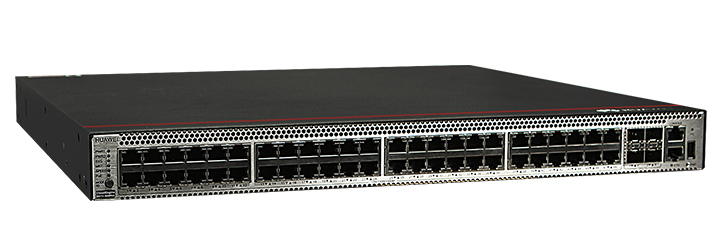
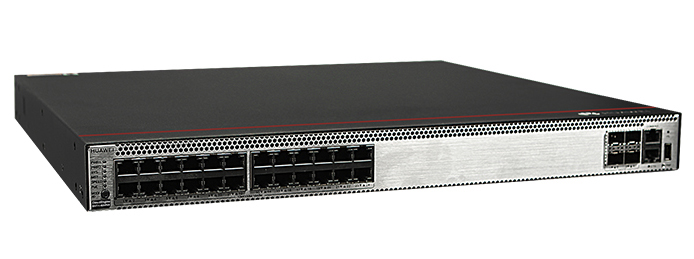
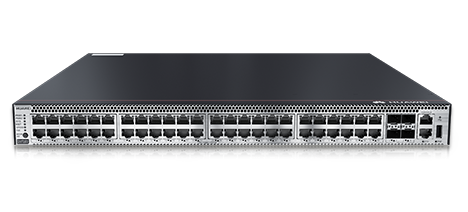

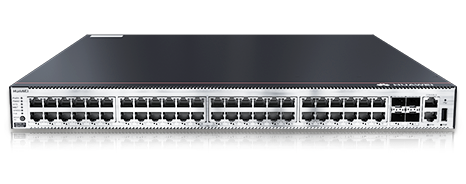
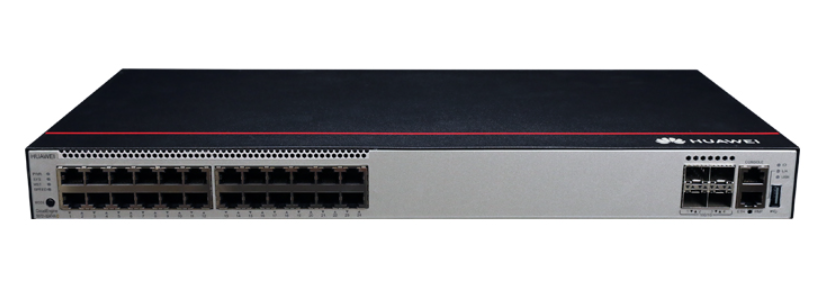
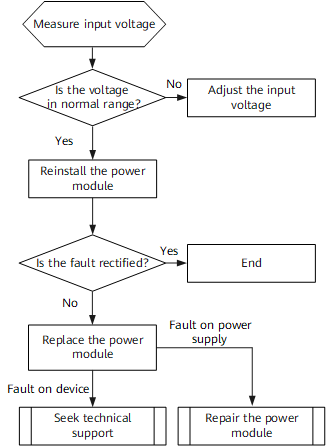
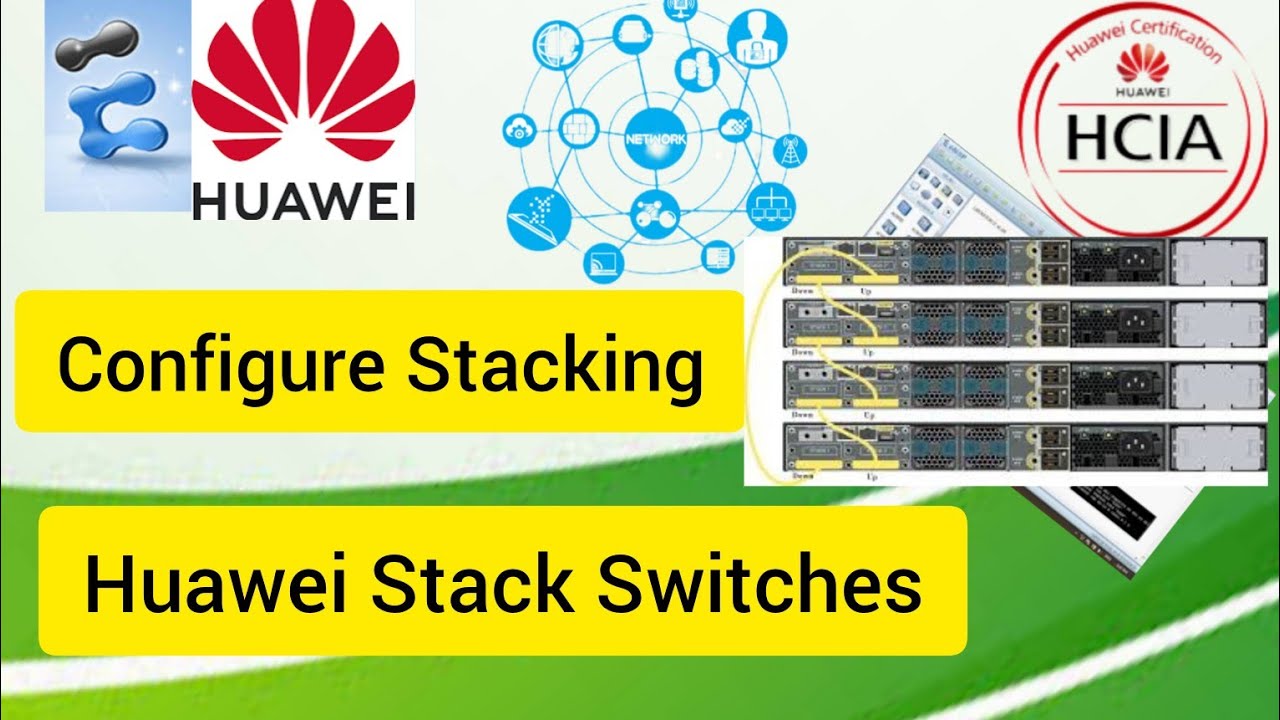
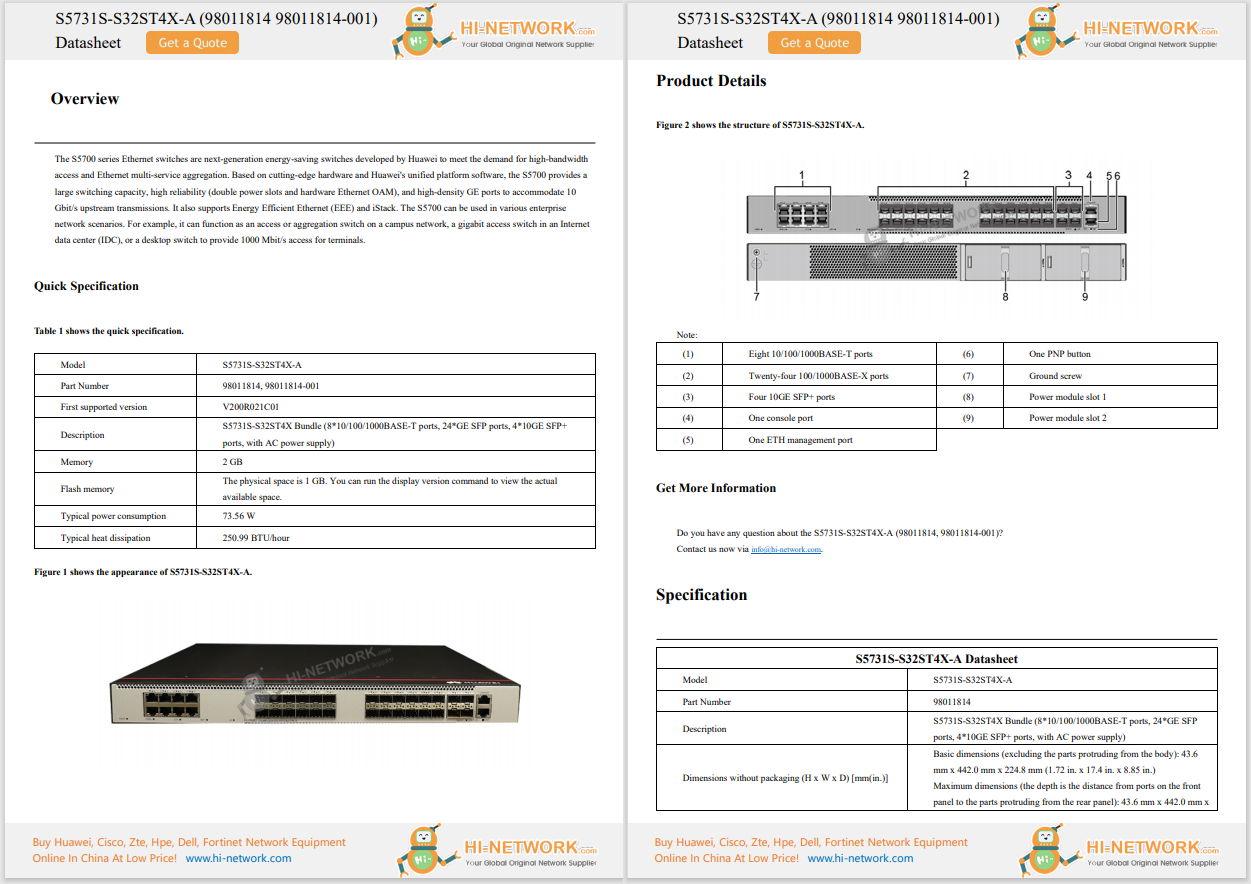
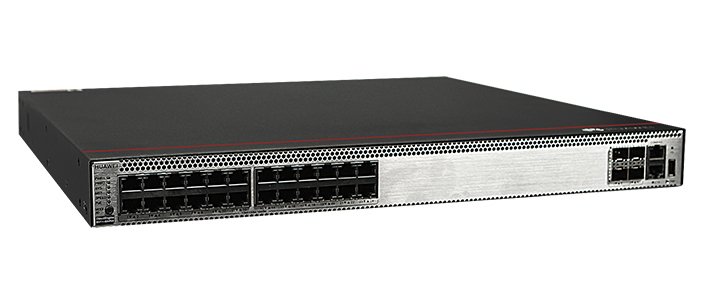
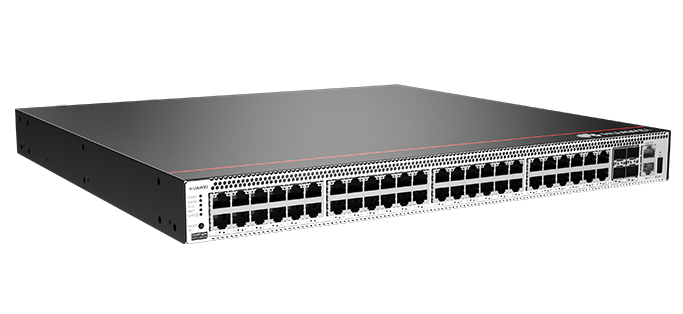
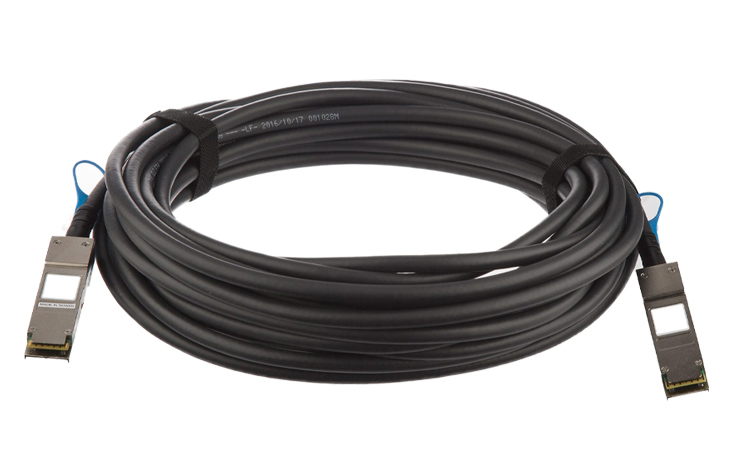

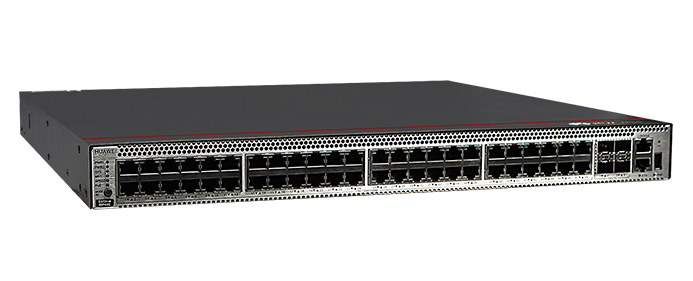
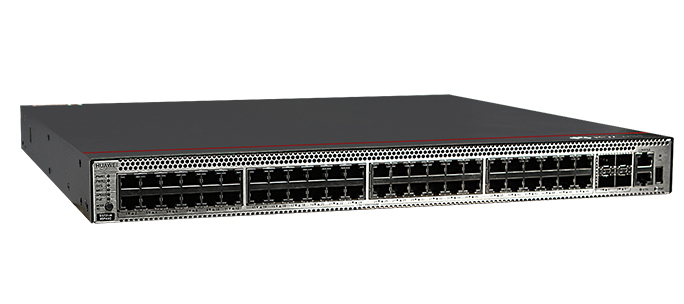



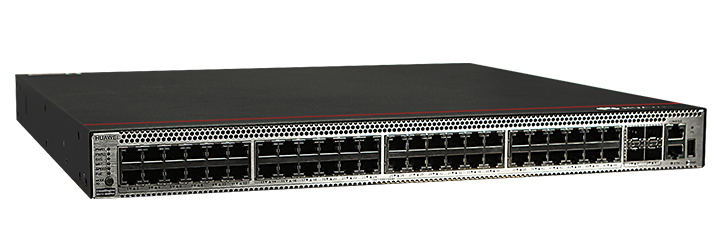
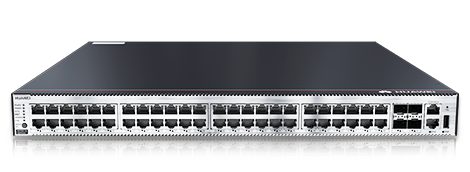
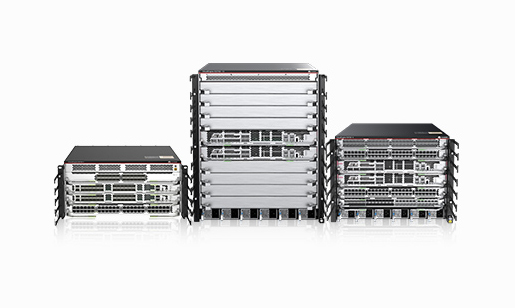
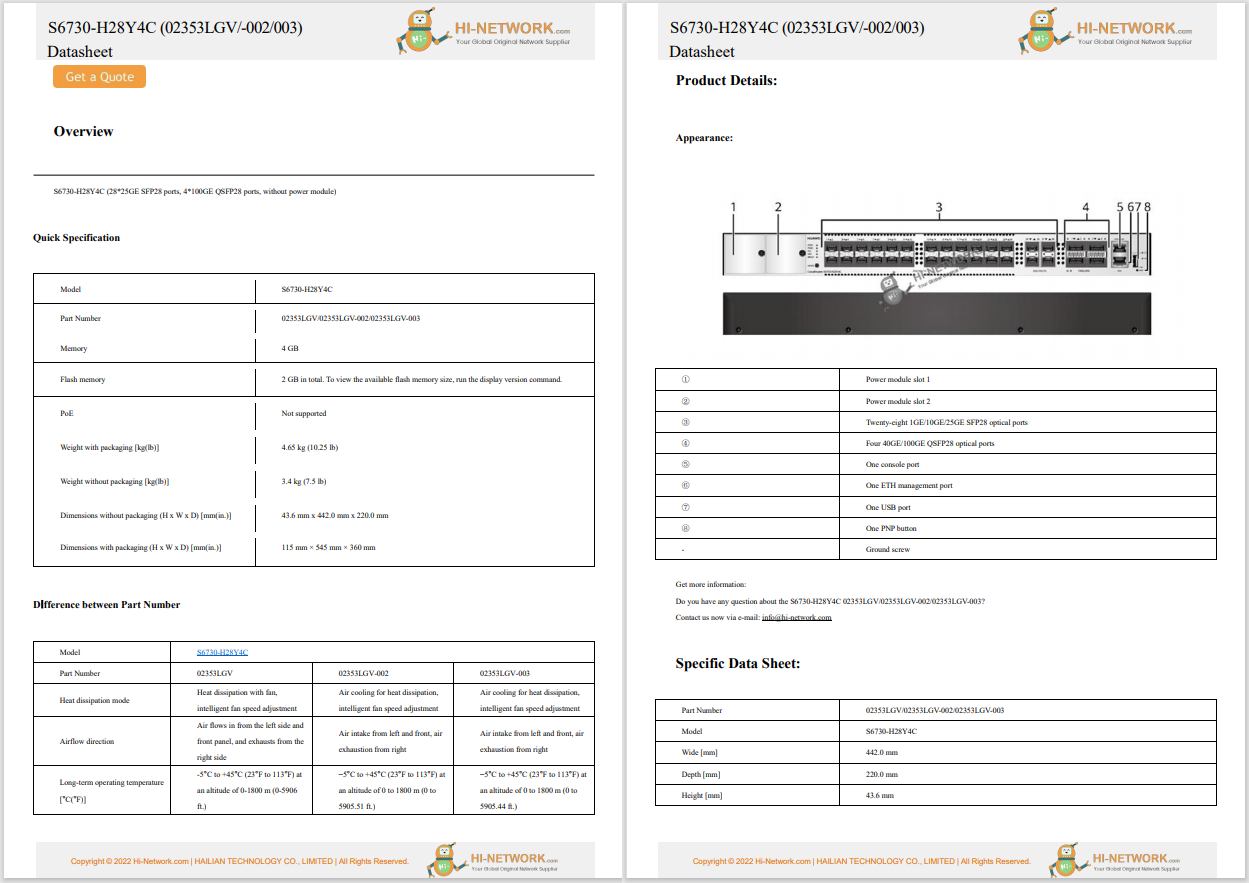

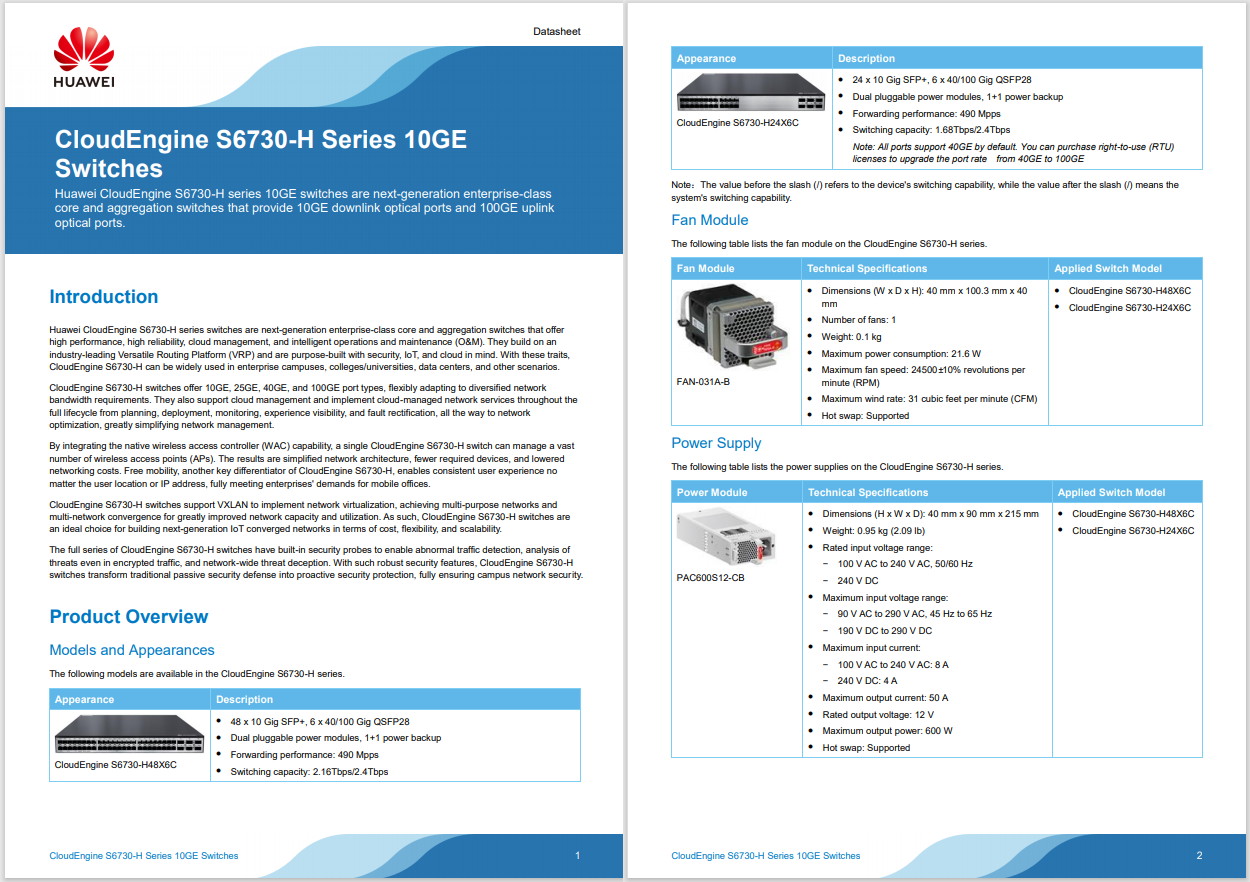
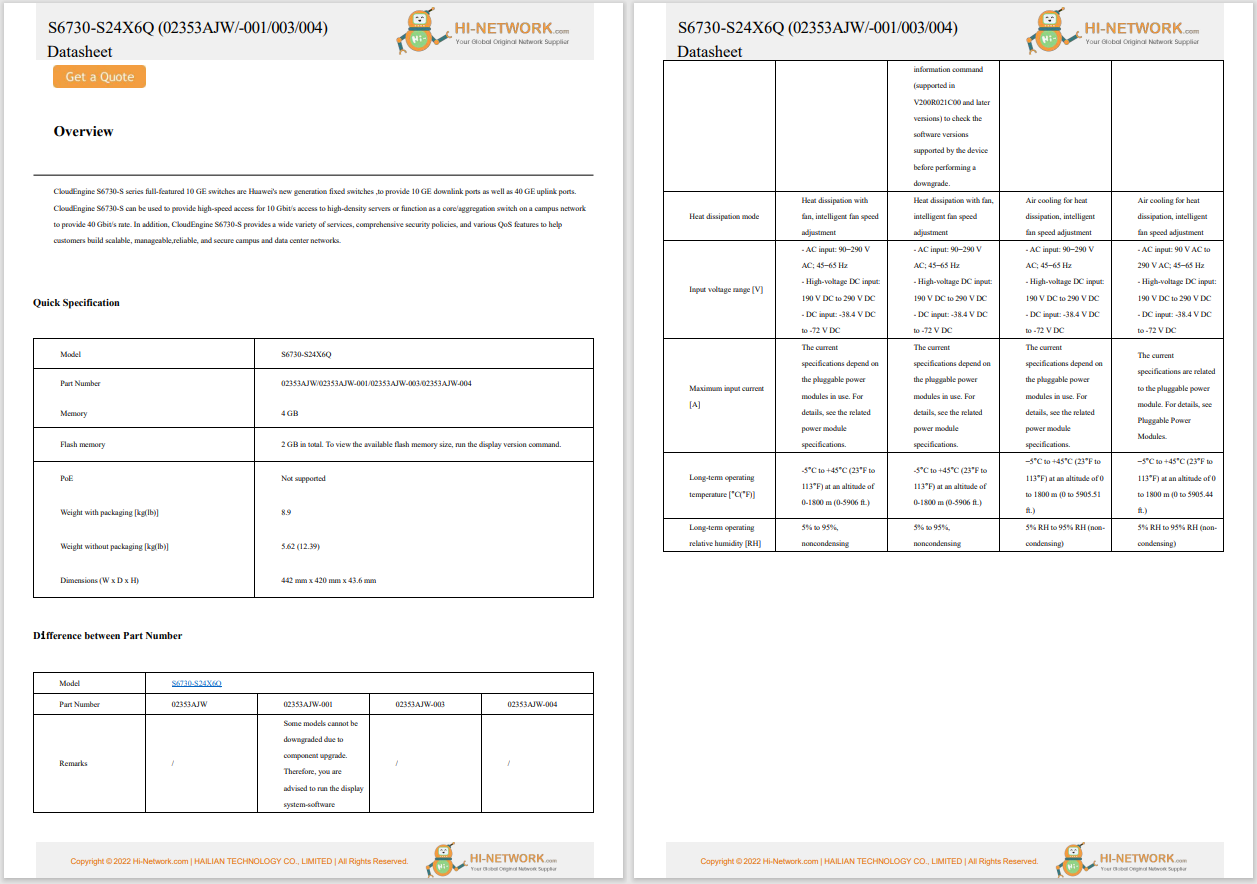


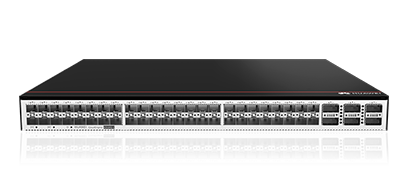
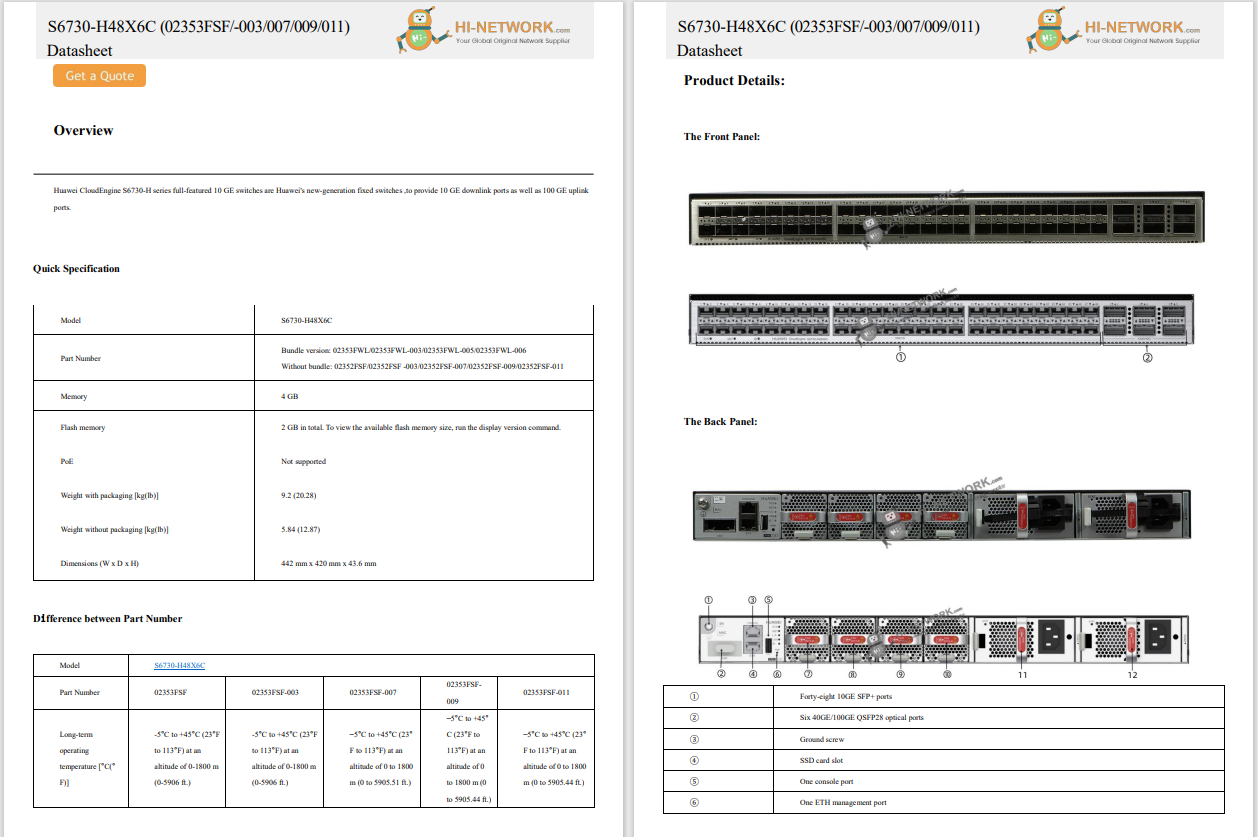
AI is fundamentally reshaping the connectivity and infrastructure required to support emerging workloads and services. For service providers and enterprises, the demands of AI are multiplying, as AI workloads are increasingly distributed, data intensive, and latency sensitive. Enterprises that are leaning into AI are building immersive multimodal experiences and inference-heavy applications that span clouds, data centers, edge locations, and users. Meanwhile, service providers are seeking new ways to monetize their infrastructure for AI by enabling GPU-as-a-Service, Inference-as-a-Service, and intelligent services for industries.
There is tremendous momentum to build and deliver AI, but the reality of network readiness is actually quite sobering, with only 13% of organizations acknowledging their networks are AI-ready, according to Omdia. The pain points to network readiness are real, with nearly 80% of production networks requiring lower latency or greater throughput to support AI workloads, and AI is expected to drive a 6x increase in data center power demand over the next decade. These pressures are forcing network leaders to rethink infrastructure strategy-pushing for architectures that are agile, high-capacity, AI-native, and automated by design.
In February of this year, we launched Cisco Agile Services Networking-an architecture purpose-built for AI connectivity that enables organizations to monetize assured services. We've seen keen customer interest and real incremental value from this approach with adoption across routing, switching, automation, assurance, and security to achieve enhanced network simplicity and resilience. Today, at Cisco Live San Diego, we are announcing expansions to our Agile Services Networking portfolio to help customers to continue to evolve their architecture and operations to reap the real benefits of AI connectivity.
Bandwidth demand and network traffic continue to skyrocket in this new era. The generation of networks built for the internet, video, and 5G are not designed to handle the scale, complexity, and real-time responsiveness that AI workloads require. Instead, an AI-native architecture, purpose-built like Agile Services Networking, delivers elastic bandwidth at the edge, a routed optical infrastructure for network simplicity, cost-effective scaling, and policy-driven automation for application workflows. As autonomous networks become essential to automate tasks, accelerate decision making, and eliminate network impact, real-time telemetry, AI agents, and predictive and prescriptive analytics become a necessity. To thrive in the AI era, organizations must converge IT and network domains, recognizing the network as the foundational platform that drives efficiency.
At Cisco, we are revolutionizing network transformation through Routed Optical Networking and Routed PON with cutting-edge Silicon One-based Cisco 8000 Series Routers launched earlier this year. We are expanding this portfolio to introduce new A100-based 8011-12G12X4Y-A/D converged access and K100-based 8711-48Z-M edge routers powered by Cisco Silicon One ASICs, combined with coherent optics and automation empowering service providers to achieve unprecedented efficiencies and capabilities. Take service provider Lumen, for example. By adopting Cisco Routed Optical Networking, they have reimagined their metro architecture, leaving behind the traditional hub-and-spoke design. With solutions like Cisco 400G ZR/ZR+ coherent pluggable optics and Cisco 8200 Series routers, they have doubled their network efficiency while increasing fiber capacity by 1,000%. Additionally, successful trials with both Colt Technology Services and Internet2 demonstrate the real power of new Cisco 800G and 400G coherent optics in delivering ultra long-haul, ever higher capacity connections.
Cisco is introducing a new multi-agentic AI framework in our Cisco Crosswork Network Automation portfolio to accelerate decision making across network operations. As service providers and enterprises are pressured by more network complexity, increasing scale, diverse technologies, multi-vendor environments, and mounting technical debt, this framework creates a flexible environment where AI agents can be built, deployed, and work together to solve complex customer challenges. Through closed-loop automation, predictive and preventive AI insights, and data-driven intelligence, network operators can improve network reliability and efficiency as they evolve to autonomous networks.
Two standout capabilities-Toxic Factor Identification and Configuration Drift Detection-are game-changers for network automation and assurance. Together, they simplify network complexity, reduce incidents, and proactively prevent outages. Delivered through the Cisco AI Assistant, these features minimize downtime, improve service quality, and help to better manage end-user expectations. Looking ahead, a new SDK will allow third parties to build and deploy AI agents tailored to their operational environments. The future of networking lies in network autonomy, and Cisco is at the forefront of this transformation.
Cisco is also redefining global connectivity through Non-Terrestrial Networking, enabling seamless integration between terrestrial and satellite networks. This architecture supports dynamic resource allocation and opens up monetization opportunities in remote, underserved sectors like maritime, aviation, IoT, and disaster response. Our work with Rivada Space Networks-powering the "Outernet"-is just one example of how Cisco is converging satellite and terrestrial transport at scale.
"For decades, Cisco Systems has been a driving force in networking, powering the Internet and enabling businesses worldwide to connect and operate more effectively. Utilizing Cisco's technology, Rivada is ready to converge the Outernet with traditional terrestrial networks, challenging the way satellite transport has been utilized in the past." -Declan Ganley, CEO, Rivada Space Networks.
To help service providers unlock value from their mobile infrastructure, Cisco Mobility Services Platform is enabling faster innovation by leveraging an ecosystem of APIs and mobility integrations to deliver enterprise-grade services without the need for new network build outs. From enterprise IoT to fixed wireless access and QoS-based offerings, this platform supports tailored, high-value connectivity that drives enterprise relevance and revenue growth.
At Cisco, we believe in empowering service providers and enterprises with the tools, technologies, and platforms needed to thrive in an ever-changing world. Whether it's extending connectivity to the most remote corners of the globe, enabling enterprise monetization, or building smarter, more autonomous networks, Cisco is leading the way.
The journey of innovation never ends-and together, we can shape the next generation of AI-ready infrastructure one breakthrough at a time.
Download the latest Omdia white paper to learn how AI
is driving the evolution of IP networks and how to build
smarter networks for the AI era.
 Hot Tags :
Artificial Intelligence (AI)
network automation
Coherent Optics
AI for Networking
Agile Services Networking
Non-Terrestrial Networking
Hot Tags :
Artificial Intelligence (AI)
network automation
Coherent Optics
AI for Networking
Agile Services Networking
Non-Terrestrial Networking